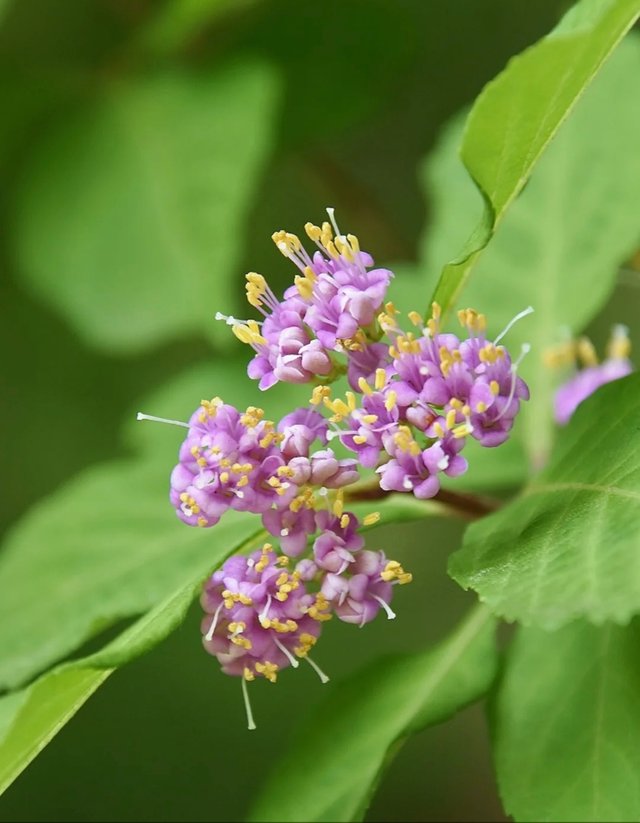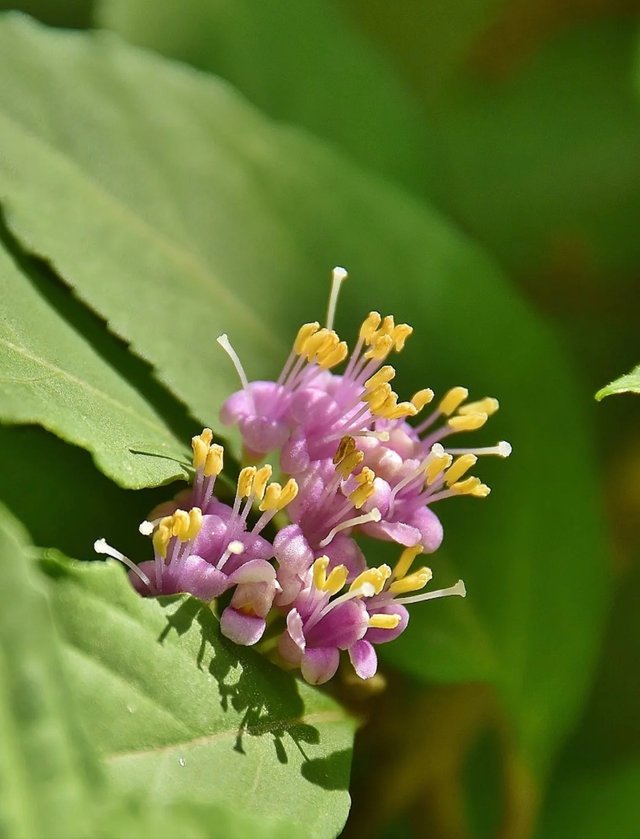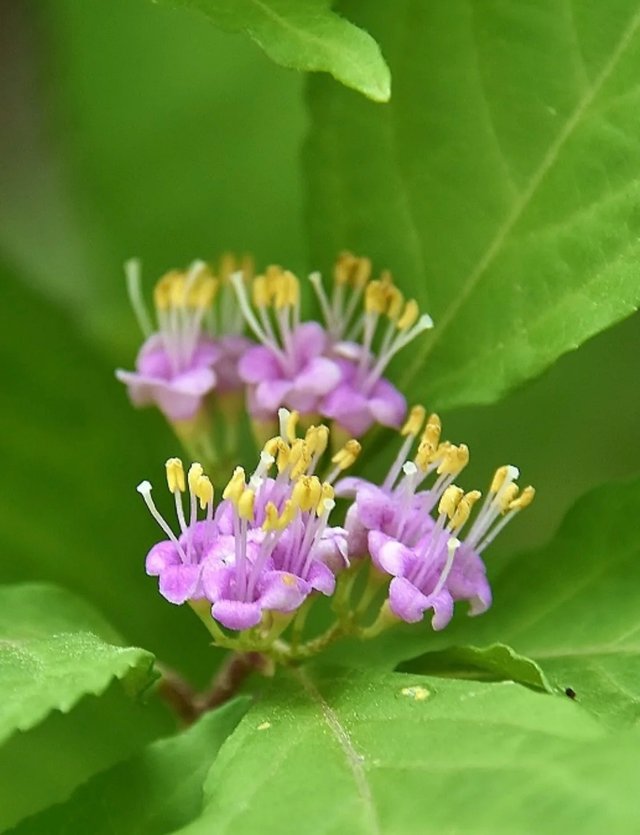Callicarpa japonica Flower
Among the many flowering shrubs that adorn the gardens of East Asia, few can rival the unique charm and striking beauty of Callicarpa japonica, commonly known as the Japanese beautyberry. While it is perhaps most famous for its vivid purple berries that light up the landscape in autumn, its lesser-known flowers are equally deserving of admiration. Blooming quietly in early to mid-summer, the delicate blossoms of this shrub are a testament to the subtle beauty found in the natural world.
Callicarpa japonica is a deciduous shrub native to Japan, Korea, and parts of China.The Japanese beautyberry grows to a height of about 4 to 6 feet (1.2 to 1.8 meters) and spreads just as wide, making it an excellent choice for garden borders, informal hedges, or as a standout specimen plant.Though often overshadowed by its famous berries, the flowers of Callicarpa japonica deserve closer attention. Blooming from June through July, the flowers are small—usually no more than 2 to 3 millimeters in diameter—but they appear in generous clusters (called cymes) at the leaf axils along the branches. Each flower is a soft lilac to pinkish-purple color, with four tiny lobes and protruding stamens that give them a delicate, lace-like appearance.
The flowers are not showy in the traditional sense, like a rose or peony might be, but they bring a subtle grace to the summer landscape. Their soft hues contrast beautifully with the deep green, ovate leaves that surround them. Because they bloom in early summer, they serve as a quiet prelude to the spectacular berry show that follows in autumn.Despite their small size, the flowers of Callicarpa japonica are quite attractive to pollinators. Bees, butterflies, and other nectar-feeding insects are frequent visitors, drawn by the plant’s rich nectar supply. This makes the shrub a valuable addition to pollinator-friendly gardens.




